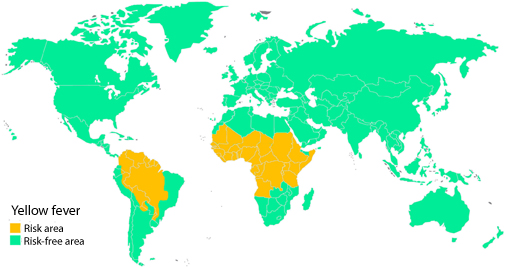A complete analysis of the T cell epitopes induced by Yellow Fever virus vaccination

THE PROJECT HAS BEEN COMPLETED
Project duration: February 2010 to December 2019
The purpose of the experiment was to investigate how the body's immune system responds to the yellow fever vaccine. The purpose of any vaccine is to prepare the white blood cells of the immune system so they rapidly and efficiently can recognize and eradicate a particular invading microorganism (in this case, the yellow fever virus) if one should ever become infected.
However, we did not know much about which parts of the yellow fever virus were recognized by the white blood cells.
We have considerable expertise in modeling immune responses and discovering immune targets.Investigating the immune responses following yellow fever vaccination were a great opportunity to test this knowledge in an environment that is safe, yet closely mimics the situation during a real infection.
The results will be of considerable benefit to medical sciences. Understanding what the immune system targets should enable many new approaches to medical intervention.
By way of examples, one could search for relevant immune targets in more complex infections e.g. HIV, and generate new and improved vaccines against these infections; one could search for immune targets that are uniquely (or preferentially) expressed by tumor cells, and thereby generate a novel approach to cancer treatment; or one could search for those structures that are expressed by our own cells and in some individuals inadvertently attacked by our immune system thereby causing autoimmune diseases such as diabetes, sclerosis or rheumatoid arthritis, and eventually generate novel cures of these serious diseases.
The investigation was conducted in cooperation with several research groups at the University of Copenhagen and the Technical University of Denmark, the Copenhagen University Hospital (Rigshospitalet), and at various vaccination clinics.
The study was supported financially by public funds including an allocation of approximately 35 million DKK from the National Institutes of Health (NIH, USA).
Further information about the investigation can be obtained from:
